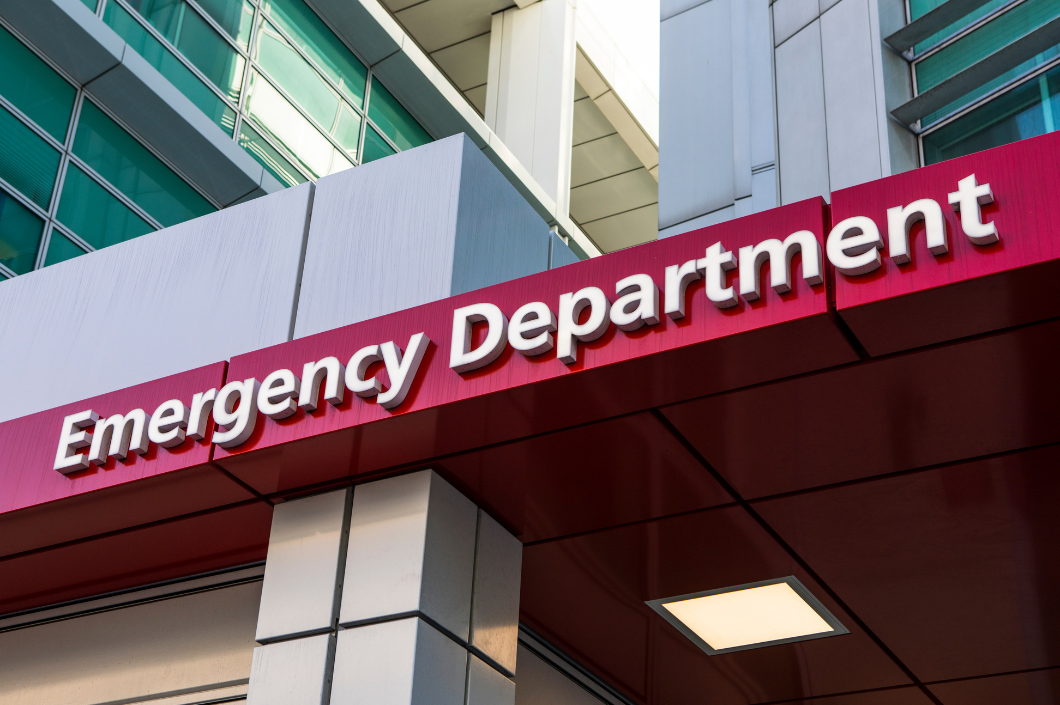Introduction
Emergency Departments (ED) are at the heart of patient care, operating around the clock to handle urgent and critical cases. While the clinical side is fast-paced and unpredictable, the financial side must remain precise, compliant, and efficient. Effective Revenue Cycle Management (RCM) is vital to ensure that healthcare providers are properly reimbursed for the services rendered in emergency settings.
Because Emergency Department coding and billing (ED coding) involves high patient volumes, diverse conditions, and complex payer requirements, even minor errors can lead to significant revenue leakage. Implementing best practices in RCM helps providers maintain financial health while continuing to deliver high-quality emergency care.
This article explores RCM best practices for Emergency Department coding and billing, offering insights to improve accuracy, minimize denials, and optimize cash flow.
1. Prioritize Accurate and Detailed Clinical Documentation
The foundation of successful ED coding lies in complete and accurate clinical documentation. Emergency physicians often manage multiple patients simultaneously, which increases the risk of incomplete or vague notes. Missing details directly impact the assignment of CPT, ICD-10, and HCPCS codes.
Best Practices:
- Encourage real-time documentation rather than post-shift note entry.
- Train providers to capture specific details such as symptoms, severity, and time-critical interventions.
- Use electronic health record (EHR) templates tailored for ED encounters to minimize gaps.
Accurate documentation ensures coders can assign the correct Evaluation & Management (E/M) codes and support the level of service billed, leading to fewer claim denials.
2. Standardize Emergency Department Coding Guidelines
ED coding differs from other specialties because ED physicians do not have established patient histories or prior medical records. Coding decisions often rely solely on the presenting symptoms and care delivered during the visit.
Best Practices:
- Adopt standardized Medical coding guidelines across the department.
- Provide regular refresher training on CPT, ICD-10, and HCPCS updates.
- Focus on proper selection of E/M codes (99281–99285), ensuring the complexity of medical decision-making is clearly supported by documentation.
Standardization minimizes coder variability and reduces the risk of compliance issues.
3. Implement Pre-Bill and Post-Bill Audits
Audits are critical for identifying gaps in ED coding and billing before they impact revenue. A structured audit process helps detect undercoding, overcoding, and compliance risks.
Best Practices:
- Conduct pre-bill audits to catch errors before claims are submitted.
- Use post-bill audits to evaluate payer feedback and denial trends.
- Incorporate AI-enabled auditing tools to identify coding inconsistencies at scale.
Routine audits improve coding accuracy, protect against compliance risks, and enhance overall RCM performance.
4. Strengthen Denial Management Processes
Denials are common in ED billing due to documentation deficiencies, coding errors, or payer-specific requirements. A proactive denial management strategy ensures lost revenue opportunities are minimized.
Best Practices:
- Track denial reasons by category (e.g., medical necessity, coding errors, or prior authorization issues).
- Develop quick-response workflows for re-submissions.
- Use analytics to identify recurring denial patterns and address root causes.
Reducing denials not only boosts cash flow but also shortens the revenue cycle, leading to faster reimbursements.
5. Leverage Technology and Automation in ED Coding
Technology plays a central role in modern RCM for Emergency Departments. Automation tools streamline workflows, reduce human errors, and allow coders to focus on complex cases.
Best Practices:
- Implement Computer-Assisted Coding (CAC) solutions integrated with the EHR.
- Use Natural Language Processing (NLP) to analyze provider notes and recommend accurate codes.
- Employ RCM dashboards to monitor key performance indicators (KPIs) such as days in accounts receivable (AR), denial rates, and coding turnaround times.
Automation enhances speed and accuracy, enabling healthcare providers to maximize reimbursement without sacrificing compliance.
6. Focus on Compliance and Regulatory Updates
The regulatory landscape for ED coding and billing evolves regularly, with updates to CPT, ICD-10, and payer-specific requirements. Staying current is essential to avoid penalties and revenue loss.
Best Practices:
- Provide continuous coder education and certification updates.
- Monitor CMS and payer bulletins for regulatory changes affecting emergency department billing.
- Conduct compliance reviews to ensure coding aligns with payer rules and national guidelines.
Strong compliance safeguards the organization from audits and protects long-term financial stability.
7. Optimize Patient Registration and Front-End Processes
Revenue cycle success in the ED starts with accurate patient data collection. Errors in registration such as incorrect demographics, insurance details, or eligibility checks can delay or prevent reimbursement.
Best Practices:
- Train front-end staff to capture accurate patient demographics.
- Verify insurance eligibility in real-time.
- Establish a workflow for collecting co-pays and deductibles upfront when possible.
By ensuring accuracy at the front end, healthcare providers reduce downstream billing errors and improve revenue capture.
8. Partner with Specialized RCM Service Providers
Many healthcare organizations choose to outsource Emergency Department coding and billing to specialized RCM providers. Outsourcing brings access to certified coders, compliance expertise, and advanced technology without the overhead of managing these functions in-house.
Best Practices:
- Select an RCM partner with proven expertise in ED coding and billing.
- Ensure the partner offers robust denial management, audit support, and compliance monitoring.
- Look for providers that use clinical-AI tools to enhance coding accuracy and revenue integrity.
An experienced outsourcing partner helps EDs achieve operational efficiency, cost savings, and sustainable revenue growth.
Conclusion
Emergency Department coding and billing present unique challenges due to the high-stakes environment, complex documentation, and payer variability. By following RCM best practices ranging from accurate documentation and coding standardization to denial management and compliance, healthcare providers can strengthen their financial outcomes while maintaining focus on patient care.Leveraging automation, conducting regular audits, and partnering with specialized RCM service providers further ensure revenue integrity. In a healthcare landscape where efficiency and accuracy are paramount, adopting these strategies enables Emergency Departments to optimize both clinical and financial performance.


